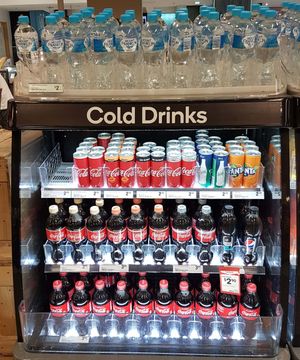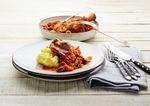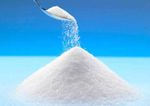Study reveals 2 in 3 drinks at supermarket checkouts are bad for health
by Gael Myers, Accredited Practising Dietitian
- September 9, 2019
- Leave a comment
- WA
- Families
- Health professionals
- Marketing
- Sugary drinks
- Industry
- Research
- Smart Swaps
- Advocacy
- Nutrition Facts

Australian adults drink an astonishing 1.43 billion litres of sugary drinks annually while Aussie kids are sipping their way through 377 million litres each year.
It’s an uphill battle for consumers to say no to these sugar-laden beverages. They are addictively sweet, heavily promoted and available everywhere.
It’s not as simple as telling people to take responsibility for their food and drink choices. ‘Willpower’ is not something we can exercise indefinitely; if our environment continually pushes us to make unhealthy choices at some point we will give in.
The role of supermarkets
The most recent Shape of Australia study conducted by LiveLighter found that 4 in 5 people who drink sugary drinks buy them at the supermarket. Supermarket chains have a responsibility to look at how they promote sugary drinks and the impact this is having on the health of Australians.
One of the tricks that supermarkets use to tempt us to buy sugary drinks is to place them in display fridges at the checkout. The aim is to prompt impulse purchases and, if you happen to be shopping with kids, to encourage ‘pester power’.
Results from the LiveLighter Shape of Australia study found that 1 in 5 of us are tempted by junk food and drinks at the checkout, with men and those aged 18-34 years at highest risk.
LiveLighter investigates
To investigate the extent to which sugary drinks are promoted at the supermarket checkout LiveLighter collected data from a convenience sample of 22 Coles and Woolworths stores in the Perth metropolitan area.
On average, half (49%) of the drinks offered at the checkout were sugary drinks, 1 in 5 (22%) were ‘diet’ drinks (included sweetener), 4% were low sugar drinks, and only one quarter (25%) of the drinks displayed were sugar and sweetener free. The proportion of sugary drinks available in the individual stores sampled ranged from 38% to 62%.
Although diet drinks are low in sugar and kilojoules they’ve still been linked to type 2 diabetes and obesity. Research suggests this is because drinking something sweet can prime your body to crave sweet things more often, meaning you’re more likely to eat that piece of cake or chocolate at a later point. Diet soft drinks are also highly acidic which makes them bad for teeth.
What’s the solution?
Studies out of the UK have revealed the power of junk-free checkouts to reduce the purchase of junk foods and drinks at the supermarket.
Supermarkets are well placed to shift the dietary habits of Australians by promoting healthier options to consumers like still and sparkling water, flavoured water with no or minimal added sugar and low sugar options like kombucha and coconut water.
While we love some of the initiatives that supermarkets have already put in place, like providing free fruit for kids, we’d also like to see them promoting less junk food and drink at the checkout.
Check out LiveLighter’s latest campaign on sugary drinks here.
Drinks category |
Average proportion in checkout drinks fridges |
|
Soft drinks |
20% |
|
Energy drinks |
13% |
|
Sports drinks |
7% |
|
Iced tea |
3% |
|
Flavoured milk |
5% |
|
Fruit drinks |
1% |
|
Total sugary drinks |
49% |
|
|
|
|
Diet energy drinks |
3% |
|
Diet soft drinks |
17% |
|
Kombucha with sweetener |
2% |
|
Total diet drinks |
22% |
|
|
|
|
Low-sugar flavoured water |
1% |
|
Coconut water |
1% |
|
Kombucha |
2% |
|
Total low-sugar |
4% |
|
|
|
|
Water |
23% |
|
Flavoured water without sugar or sweetener |
2% |
|
Total no sugar or sweetener |
25% |




